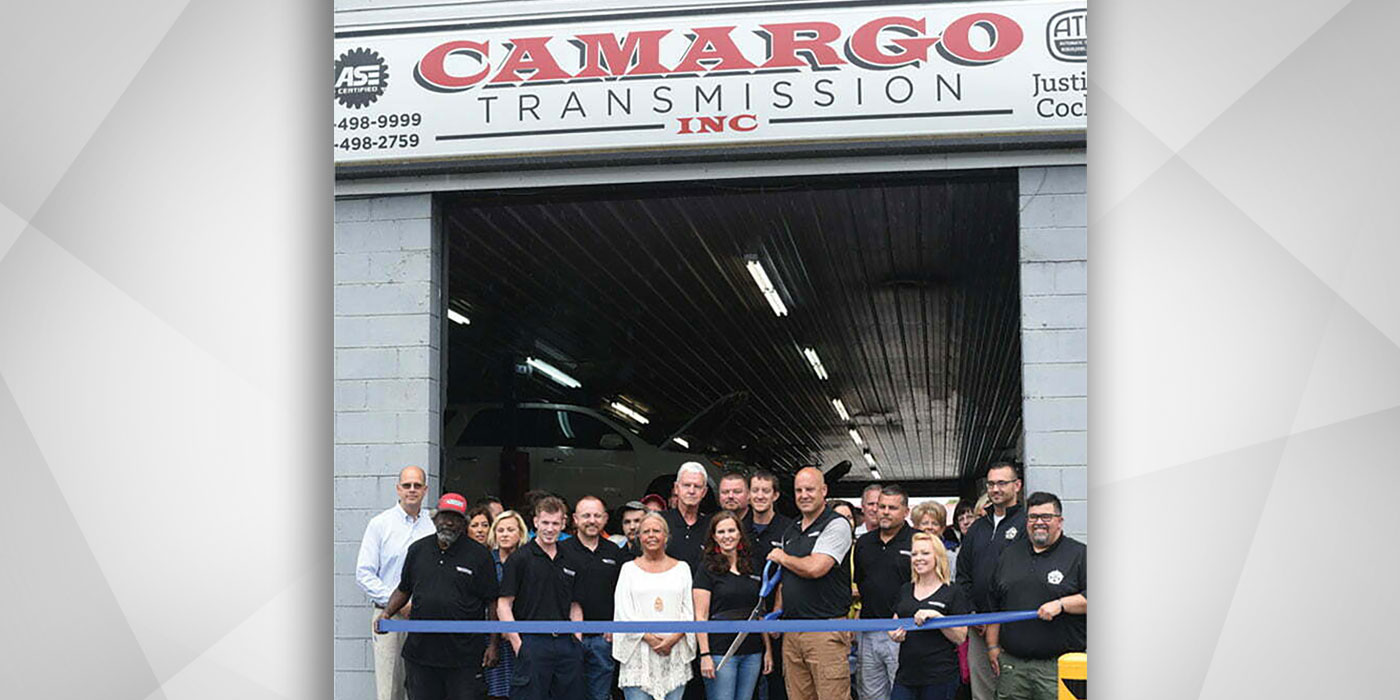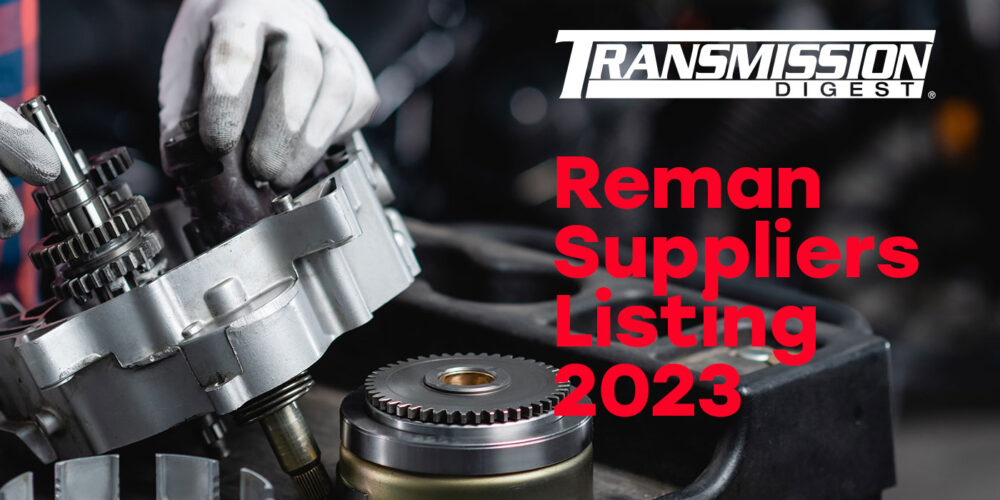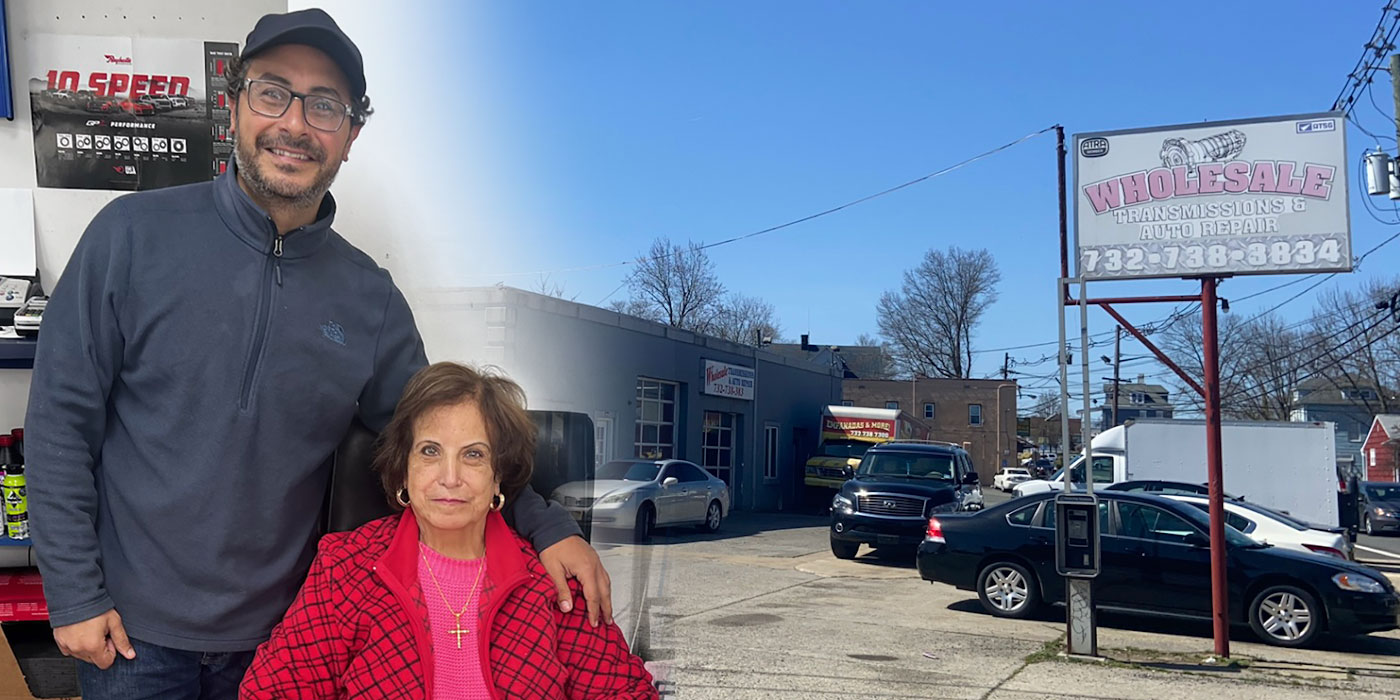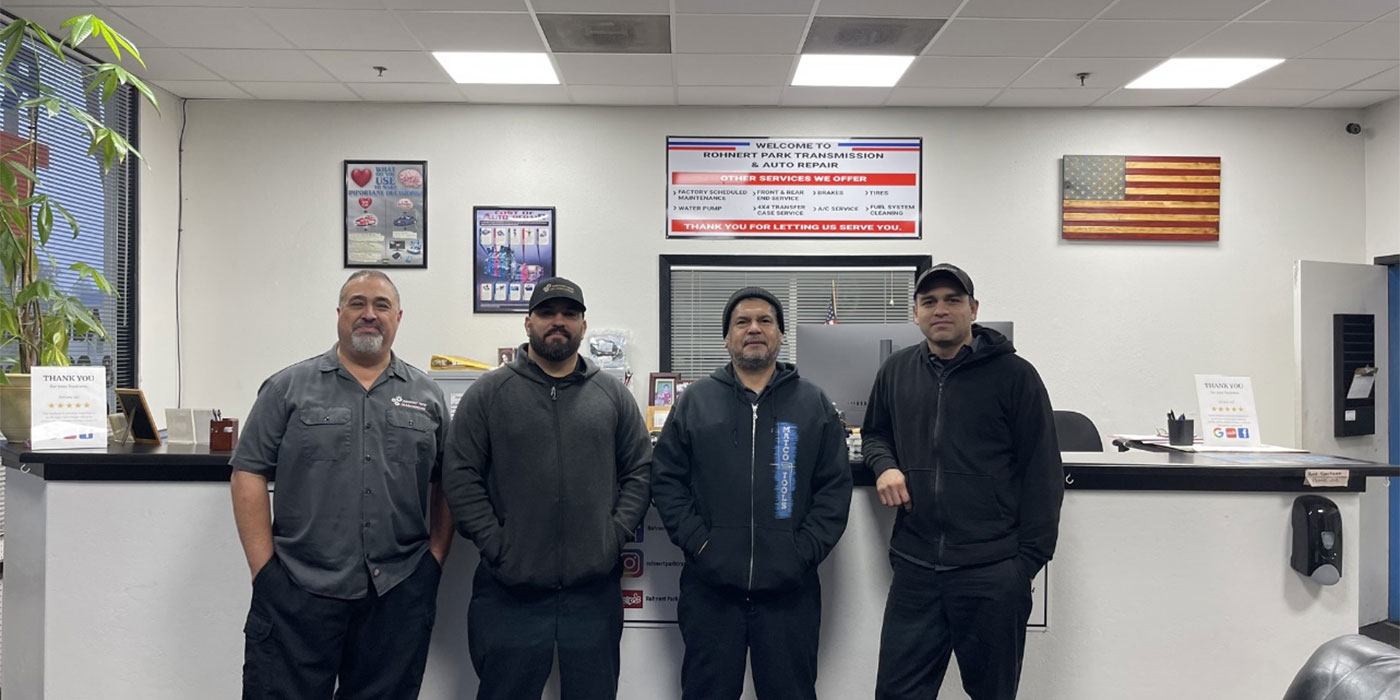
It’s Your Business
- Author: Terry Greenhut, Management Editor
Every now and then we need to take a fresh look at how we are handling our businesses with respect to our customers, employees and suppliers. Are we giving them the respect and attention they deserve? Although most of us have the best of intentions, factors that we can or can’t control cause us not to put nearly enough emphasis on taking care of the people who mean the most to our businesses. You might say that we take them for granted, but it goes deeper than that.
We all know we can’t function without the help of good employees and that our suppliers are needed to give us a constant source of high-quality product to sell. We must also understand that customers today are a fickle bunch. They will come and go on the basis of how well they were treated the last time they did business with you. If the experience was overwhelmingly positive they won’t think twice about coming back to you. If it was mediocre they may not be back, and if it was bad you can bet they’ll find someone else to use next time.
We’ve all heard this excuse for poor performance: “I’m having a bad day.” The question is, “Do those of us who deal directly with customers have the luxury of allowing ourselves to have a bad day?” I’d have to say “no,” because customers are a selfish lot. They don’t care if we’re having a bad day, a bad week or a bad year. They don’t care if our pet frog just got eaten by an alligator. All they care about is how we take care of them when they have a problem or a need for our services.
Apologies for poor treatment are a worthless exercise. You can apologize for a job that didn’t go right. You can even make it right to show the customer that you actually can fix the car, but you can’t fix the poor treatment of a customer no matter what you say or do after the fact. It’s the mistake you can’t take back. Unlike when you were a kid playing games in the schoolyard, you can’t ask for or expect to get a “do-over.”
The 10 Deadly Sins
What are some of the worst things we can do to our customers that will send them into the arms of our competitors?
- Getting caught in a lie. There is no doubt that this one will ruin your credibility quicker than any other. If your memory has gotten to the point where you don’t know which story you told to which customer, you had better start to take notes. With people watching all the TV forensic crime dramas like “CSI,” they are becoming more aware of what they are seeing and being told. They try to analyze what they hear to find out how it affects them. If they are being told one thing and later find out another, they lose faith instantly. In other words, the old auto-repair doubletalk that some managers used to use isn’t going to work anymore. All it will do is chase customers away.
- Neglecting the customer who is standing in front of you. A customer who has taken the trouble to drive to your shop deserves priority treatment just for being there. Being made to stand and wait while a manager has an extended conversation with an employee or a supplier is unacceptable behavior, and the customer would have every right to leave and never return.
- Not protecting the customer’s property. Not installing a floor mat, seat cover or steering-wheel cover immediately, even before road-testing the vehicle, shows a lack of respect. If you aren’t willing to safeguard the customer’s car, then how good will he think the work will be?
- Doing damage to the vehicle and neglecting to inform the customer or, even worse, trying to cover it up. You’re not in the auto-repair business if you’ve not, at some point, damaged a customer’s car. The key to your future relationship with a customer whose car you’ve damaged is how you take care of “your problem.” Remember, unlike when they come in with a broken car and it is their problem you’re trying to solve, when you physically damage their property, it’s your problem. Trying to lay it off on them or hide it, only for them to find out about it later, will make the situation much worse. The only right action is to spend whatever it takes to fix the problem the right way, not the cheap way.
- Returning a dirty car. There is no excuse for grease on a steering wheel or brake pedal, or – even worse – if you parked it overnight under another car on a lift and there’s a big old oil stain smack in the middle of the hood or the roof. You can’t even use the argument that the car was dirty when it came in. It should be clean when it goes out.
- Not fixing the original problem. Good enough is never good enough. If you can’t road-test a car when it’s finished and say, “This is perfect,” then it isn’t ready to turn over to the customer. If you’ve been in this business more than a day and a half you know that unlike the human body, cars don’t heal on their own. So the job you just did that doesn’t feel quite right isn’t going to get better as the customer drives the car; it’s only going to get worse. When it gets as bad as it was before he brought it in, he believes that you either ripped him off or that you don’t know what you’re doing. It’s bad enough that you’ll get comebacks on cars that seemed perfect when they went out; it’s so much more costly when you not only have to spend the money to fix one again but also lose the customer in the process because you took a chance and let a car out that shouldn’t have gone.
- Not keeping promises. Promising to have a car ready at a certain time and then not following through or, worse, not bothering to call and tell the customer the car won’t be ready and at 5 o’clock seeing her outside being dropped off and waving goodbye to her ride; forgetting to do some minor service or repair that the customer mentioned in passing; or not following through on a non-vehicle-related promise of any kind is a credibility killer.
- Calling the customer to raise the estimate after receiving the final OK at an agreed-upon price. Unless you find something else on the vehicle totally unrelated to the repair you priced, calling to increase the estimate after you have given the so-called “final price” gets the customer’s crook flag waving. You might make this sale but probably will never get another from this customer. You would be better off eating the cost of the additional part or labor.
- This is the one that makes the customer describe you by using foul language: The 5 o’clock surprise, where you charge more than the agreed-upon price but don’t give the customer any indication until she comes to pick up the car. People have been shot for less.
- Poor vehicle-delivery skills: Neglecting to do a final road test and vehicle inspection. Not having the paperwork ready when the customer arrives. Not taking the time to go over the repair order with the customer to again make him feel comfortable about the purchase he is making and why he is making it. Embarrassing the customer in front of others if his credit card doesn’t go through. Failing to take the opportunity to ask for referral business. Not walking the customer to the car to make sure he gets going OK.
Even though there are many in our business who think they lose customers because someone else’s price is cheaper, that just isn’t true. They lose customers because they didn’t meet expectations. The only time a customer knows the price of any job is when there is an advertised special or when they call and get someone to give a price over the phone. The price they get may not even cover what they really need, so that price might change by the time they pay the bill. In any event, because they don’t know the real price they will pay on the next job they need done, it is highly unlikely they will quit you to go elsewhere just for price.
Although there are many other sins you can commit, those mentioned here are the 10 deadliest, the ones from which it is almost impossible to recover. If you find yourself or anyone in your company who deals with customers committing any of them, it’s time for a severe attitude adjustment. Your focus needs to be placed where it will do your company the most good, taking care of the customers, the employees and the suppliers.

Visit www.TerryGreenhut.com.













